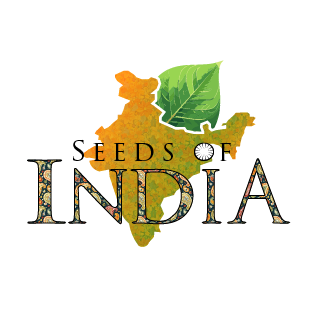In North America, it is best to start certain seeds 6-8 weeks before transplanting them to their permanent locations in the garden. These seeds include eggplants, hot and sweet peppers, gourds, tulsi, and tomatoes among others. When starting seeds indoors, place the seedlings directly under intense grow lights. The lights should be bright but cool (fluorescent lamps). The baby plants should be moved outdoors gradually and well after the last spring frost. Initially move them to a shaded part of your garden or on your deck. Only after the seedlings have acclimated to the outside conditions should they be moved into the direct sunlight of your garden.
For other varieties it is best to plant directly in the garden. Peas and spinach can be planted in very early spring. Radishes, cabbage, cauliflower, coriander and carrots can be planted next in early spring. Finally beans, corn, okra, gongura, Malabar spinach, melons, herbs, cucumbers, and squash should be planted well after the last spring frost.
Crops such as bush beans, may be planted as late as mid to late summer.
Cabbage, cauliflower and spinach can be planted twice, once in the spring and once again as a fall crop (started in late summer)
The following is a guide for the first and last frost dates in the United States (courtesy of the Old Farmers Almanac). Use it only as a guide:



